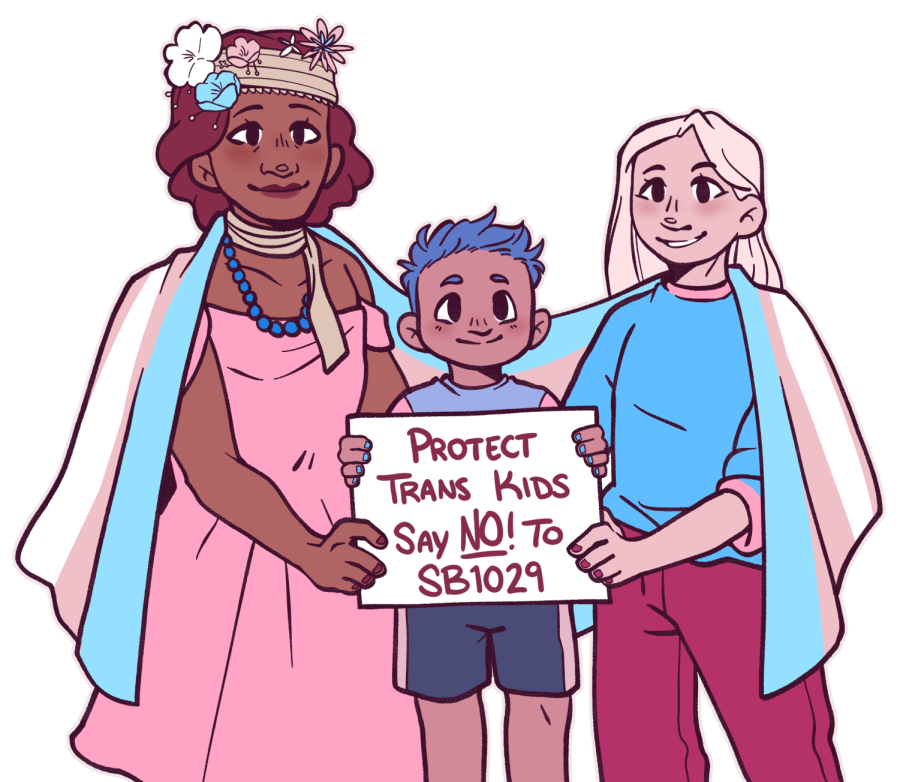Written by Scott Berson and Lindsay Marchello
Controversy erupted at the University of Missouri last November when students protested what they saw as a culture of racism at the school and the inaction of an apathetic administration. The university president, Tim Wolfe, eventually resigned from his position after the school’s football team refused to play any longer. In the following weeks, similar protests against perceived social injustices flared up at dozens of schools, including Yale, Amherst College, Brandeis University and Claremont McKenna College. It was not until video surfaced showing protesters at Mizzou physically blocking student journalists from covering the protest that some began to detect a current of unease beneath the passionate calls for justice. In the video, protesters are seen physically forcing reporters away from the site.

At one point, Melissa Click, an assistant professor in the university’s Department of Communication, requested some “muscle” to remove one photographer from the premise, despite his constitutional right to be in the public space. The occurrences at Mizzou and other universities across the country sparked a larger discussion regarding the state of free speech on public campuses.
Free speech can be a confusing concept to define. Outlined in the first amendment of the U.S. Constitution, the right to freedom of speech guarantees the right to voice opinions openly without fear of governmental interference. This protection covers everyone, from journalists at the New York Times to the Westboro Baptist Church and the rallies of the Ku Klux Klan. There are certain types of speech that are not covered; libel, slander and threats of violence are all forms of speech regulated by the government. So where does that leave us at our universities? Colleges house people of many different backgrounds under one roof and the possibility of conflict can be high. But they are also, by definition, centers of learning and free inquiry which depend on an environment free of censorship.
In recent years, there has been a renewed call for limitations on the First Amendment, specifically in regulating offensive speech, or hate speech. Many universities, public and private, have published lists of rules (called “speech codes”) that regulate how, where and when students are allowed to speak. Perhaps ironically, it has mostly been the students themselves who have called for increased administrative regulation of speech.

“Brother Jed” is a controversial preacher who has come to CSU’s campus in the past
But well-intentioned as their efforts are (most of us could safely agree that racist and sexist language is atrocious), the very concept of speech codes raises some thorny issues. Most speech codes have at their heart a goal of weeding out and punishing “offensive” speech.
But what exactly does “offensive” mean? If someone tells a crude joke at a cafeteria table next to you, is that offensive and worthy of punishment? If a person wears a shirt with a homophobic Senator’s campaign slogan on it, is that offensive and is that student off to the dean’s office? In America, our historical position has been that we willingly sacrifice some amount of comfort because we feel that the harm of authoritarian censorship outweighs the good of making people “feel” comfortable at all times.
The flip side of this is that anyone who speaks in an offensive way can be verbally challenged in return or simply ignored. What better way to prove someone wrong than making them look like an idiot in an argument? But this isn’t the way the millennial mindset is drifting. A Yale study found that 51 percent of current students across the country support the use of restrictive speech codes which would punish those who use “offensive” speech. A separate Pew research study found that 40 percent of millennials (those between ages 18-34) favored allowing the government to prevent people from saying things which could be considered offensive to minority groups.
Columbus State University’s numbers are even more extreme than the national polls. Although 96 percent of students surveyed by The Saber said that the concept of free speech was important or very important to them, over 76 percent said that students who used “racist, sexist, misogynistic or homophobic language” should be formally disciplined by school authorities. Nearly half of students said that potentially controversial people, like the pro-life protesters of 2015, should not be allowed on campus. Another 24 percent of students said that these groups should only be allowed if they were placed in designated areas on the periphery of campus where people wouldn’t have to see them if they didn’t want to. These free speech “zones” are a common element in many schools that have speech codes (CSU does not).
This change has many instructors worried about the implications on learning. Mariko Izumi, PhD, an Associate Professor and rhetorician in the Communication department, says that there is danger in framing the discussion about offense and personal injury. “It is vital for CSU or any other academic institution to provide both physical and intellectual safety so that there is a genuine room for creative friction—frictions of ideas, opinions, where differences are not threatening to each other…[But when] we begin regulating each other for being ‘offensive’ in how we communicate, then most of us will not be able to speak anywhere, and communication [itself] becomes a danger. That’s a sad prospect.”

Dr. Mariko Izumi is a CSU communication professor who studies rhetoric and how it relates to free speech
Universities, in other words, have an obligation to make the learning environment safe for living and for intellectual debate, but do not have any obligation (nor any real legal ability, at least not at public institutions) to police individual students’ speech for things that could be upsetting, derogatory or offensive to individuals or groups. As public institutions, they must also allow protesters, demonstrators, preachers or any other member of the public to come and speak their minds on campus, as long as it does not significantly affect the day-to-day operations of the University.
This is not at all to say that offensive speech is encouraged, or even okay. But banning it is a dangerously slippery slope, especially in an academic setting based on free exchange of knowledge— even from people with whom we may disagree. As more and more calls for censorship end with wins, students (and all of us) should be aware of what we stand to lose.













